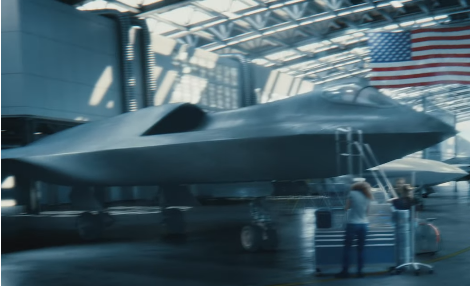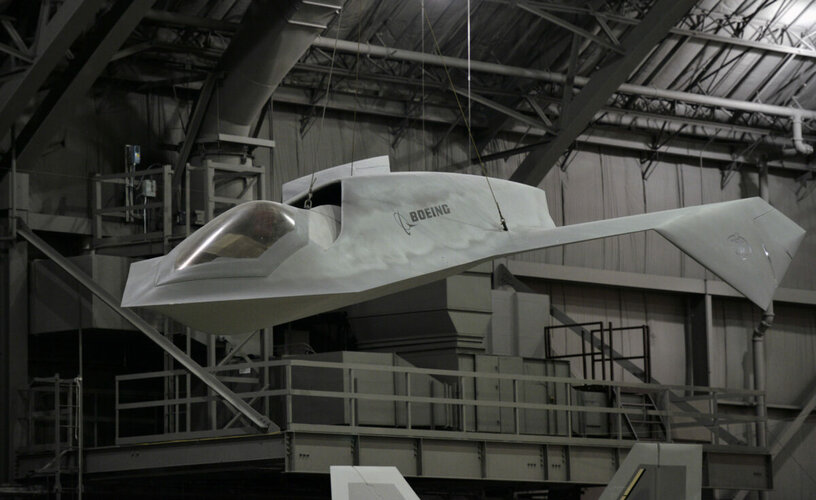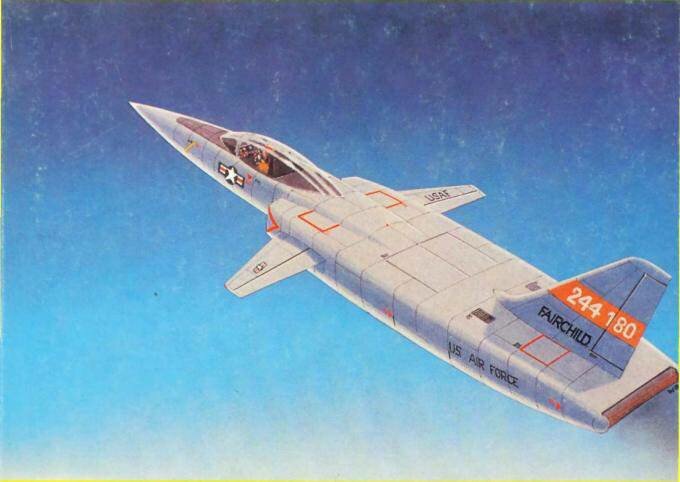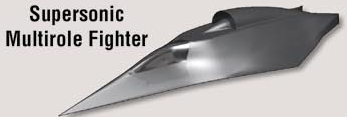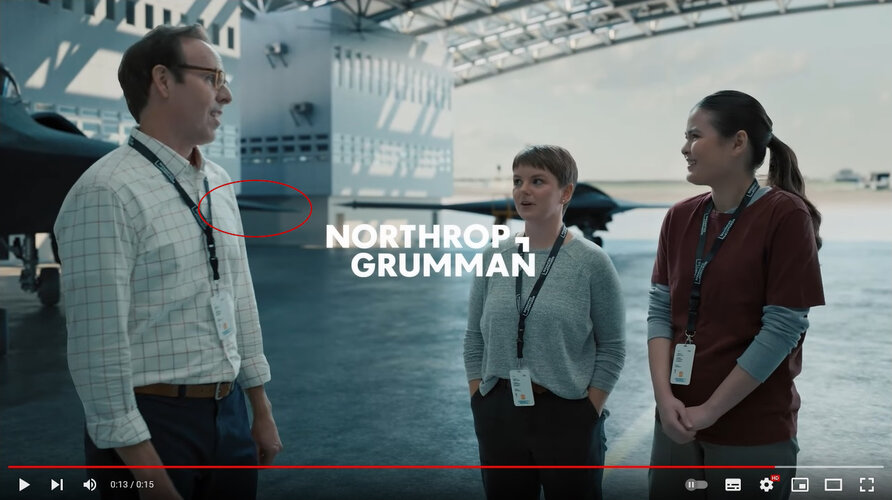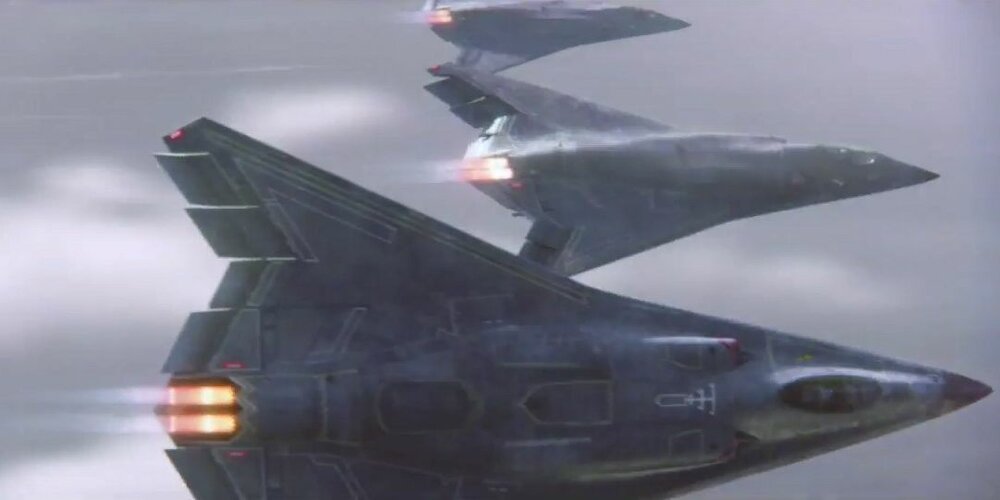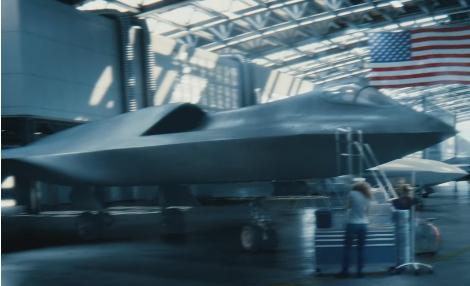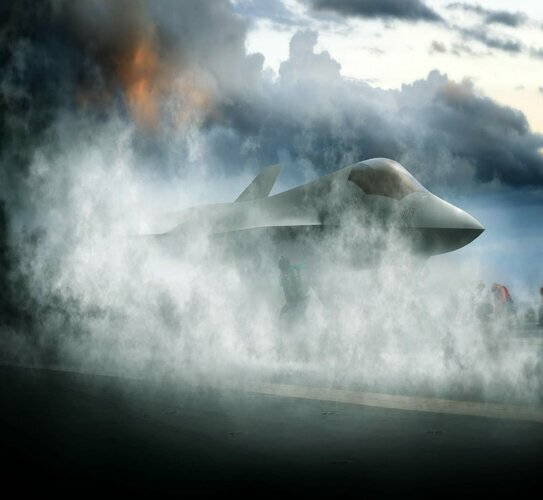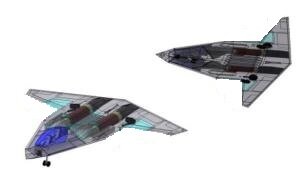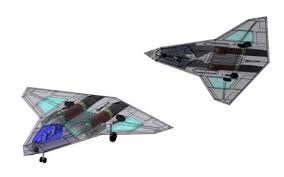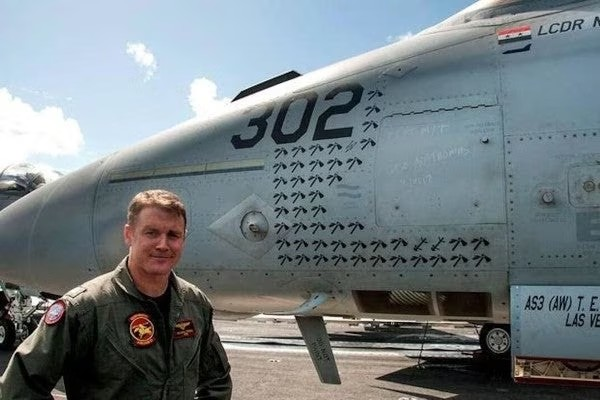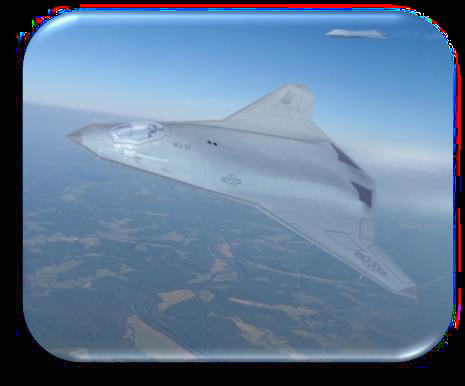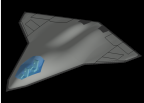Alright, it seems to me you're interested in seeing more than there really is here.
Which is something I appreciate, because it shows you're passionate about the topic, even though that doesn't really help when trying to research stuff, because more patience is needed in a field where results are often only seen after years.
The aircraft you see depicted in all these images are placeholder artworks.
Remember all the artworks of the B-21 released prior to its unveiling? Do you think, in hindsight, that they are a complete match to the real aircraft we've seen?
Normally, these artworks are created by either external advertising companies or dedicated internal PR departments of the manufacturers.
And, usually, the people working on them are given a brief about what the customer wants to see represented, like, for example, a flying wing bomber or a cranked-arrow fighter.
The people deputed to creating said artwork are then given some references, examples, etc. in order to create concepts that will satisfy the client.
The artworks are, clearly, not made to look like the final vehicles. They might get close to it, but they will not achieve a 100% match of the real thing. And that's because the people that make the artworks do not have access to that kind of information.
Just look at the first picture you posted in the last post: is it really credible that the ailerons and elevons would stand out of the trailing edge of the wings, and have such big gaps among them, or would that be a no-no in stealth designs?
Let's look at the afterburners' dimensions with regards to the rest of the aircraft: don't we think that they are several orders of magnitude smaller than they should be to be realistic?
Everyone of those artworks and concept shown in them can be picked apart.
Also, the aircraft depicted in the images I linked to is not the same exact aircraft in every single instance for a simple reason: it was made by different people, with different software, at different points in time.
Although, this still gives a broad idea of what the people at Northrop Grumman "publically" believe that a 6th generation fighter will look like, i.e. a big chonker, with cranked-arrow planform, single seater and top mounted inlets.
Which, incidentally, is reminiscent of studies conducted in prior years that were unclassified or declassified.
How many of these things might make it to the final aircraft is something we won't be able to tell until the ball drops and the NGAD is unveiled.
But they are still just placeholder images, useful only insomuch as they give a few insights into the direction a concept is taking.

